Alissa Skinner is stressed. She’s behind on bills, her hours working as a housekeeper at a hotel have been cut and she’s trying to get her husband to stop watching the news so much. The coronavirus pandemic is reaching into every aspect of her life.
“I’ve been trying to talk to him about it and calm him down a little bit,” she says. “It’s been stressing him out more and more every day, to the point where it’s getting depressing.”
It’s hard for either of them to stay calm, though, when Skinner is risking exposure daily and the consequences of her getting infected and being contagious have higher stakes than for most people.
Her husband has congestive heart failure. If he contracted COVID-19, he would die.
But Skinner has no choice but to keep going to work. She needs the money.
In the era of coronavirus, workers are surrounded by uncertainty in terms of job security, financial security and personal safety. Unemployed workers in the United States are facing overwhelmed systems and long waits for unemployment benefits. According to a May 14 press release, The State of Oregon Employment Department had processed over 300,000 unemployment claims since COVID-19-related business closures started in mid-March. However, about 50,000 claims remained unprocessed and some individuals have been waiting for benefits for six to seven weeks. Workers in the gig industry, already some of the most vulnerable in the workforce, have to wait even longer and with more uncertainty ahead.
As part of the coronavirus relief bill enacted in late March, the Pandemic Unemployment Assistance program extends unemployment benefits to workers who wouldn’t have previously qualified for unemployment insurance. This includes self-employed, contract and gig workers along with part-time employees. However, states began accepting these particular unemployment claims late into the pandemic.
The Oregon Employment Department began accepting Pandemic Unemployment Assistance applications on April 28, over a month after Gov. Kate Brown issued the stay-at-home executive order on March 23.
The week of the executive order, the hotel where Skinner works temporarily fired all laundry staff and then reduced hours for housekeepers by 50%.
“I’m at the point of concern,” Skinner says. “I’m only working four hour days, if that. And four hour days, four days a week at minimum wage is not enough money.”
Skinner asked for the name of the hotel to not be specified because she worries about keeping her job.
Skinner says the hotel advised its employees to file for unemployment even if they wouldn’t have qualified under previous requirements. She called the unemployment office, but like many workers across Oregon, her calls went unanswered.
According to the Oregon Employment Department, the number of daily calls to their contact centers has hovered around 2,500 since the beginning of April. The number of average calls answered has remained at about 1,000.
Not sure when she’d get to file her unemployment claim, much less receive benefits, Skinner put out ads on Craigslist and Facebook looking for gig housekeeping jobs on the side. She’s turned to gig housekeeping in times of desperation before, but this time, no one called her back.
When working at the hotel, Skinner still felt unsafe. The hotel practiced sanitation procedures, like sanitizing every handle and door knob twice a day. But they didn’t provide her or any other staff with masks to wear at work for the first month of the stay-at-home order.
The hotel only provided housekeepers with face masks in mid-April, several weeks after the U.S. Centers for Disease Control recommended wearing masks in public.
“It was a little bit late in the game,” Skinner says.
But she still had to go to work.
“I try to not let it get to me too much,” Skinner says. “I’m just doing my job, making sure I’m being careful. That’s kind of all you can really do.”
Dan Mahoney, a Eugene musician who drives Uber and Lyft on the side, decided that being careful meant he would stop his usual work.
The first to go were his shifts driving for Uber and Lyft.
On the night of March 14, Mahoney set out to make his usual round picking up riders from the Eugene Airport until he noticed that the next incoming flight had departed from Seattle. At the time, Seattle was the nation’s epicenter of the pandemic. He suddenly got nervous.
“I was on Highway 99, and I turned my car around,” he says. “I decided I’m not going to take a risk like that.”
Instead, Mahoney spent the evening picking up riders in downtown Eugene. He says this didn’t feel very safe to him either. His car is small, and he says being in close contact with so many people who were occupying populated venues felt like too much of a risk.
“I could only do it for a day or two, of driving people around to packed places, before I called it quits,” Mahoney says. “I didn’t want to be a part of it.”
Uber and Lyft have come under fire recently for classifying their drivers as independent contractors and not employees. If they were classified as employees, the companies would have to provide drivers with benefits like unemployment insurance and a minimum wage.
Even though independent contractors now have access to unemployment benefits for the first time under the coronavirus relief bill, Business Insider reported that Uber has made it very difficult for drivers to get paid sick leave. This contrasts with Uber’s claims that it would be providing paid leave to drivers who met certain requirements.
These requirements can include possession of a doctor’s note mandating self-quarantine due to COVID-19 exposure or underlying chronic health conditions that put drivers at risk.
With such narrow requirements and little economic relief, gig drivers like Mahoney are forced to decide between earning money and preserving their own safety.
Mahoney decided to quit driving for Uber and Lyft for the time being, abandoning a job that had composed half of his income.
The other half of his income came from his work as a musician. The six gigs he lined up for April would’ve covered his rent, but in the week following his decision to stop driving for Uber and Lyft, all of them were cancelled.
It was around this time that Mahoney tried to file for unemployment. He began calling the unemployment office to try and file his claim, but received a busy signal every time. He made so many unanswered calls that he decided to download an auto-redial app. It took Mahoney 962 calls on the app to get through to the unemployment office, and when he did they were closing for the day.
“It’s been a complete nightmare trying to get in touch with them,” he says.
On May 31, Gov. Kate Brown asked for and received the resignation of the Oregon Employment Department Director, Kay Erickson. The request was a response to the continued delays in delivering unemployment claims and the lack of clear communication by the department.
Before the pandemic, Mahoney taught private guitar and piano lessons at his home. To continue supporting himself, he transitioned his private lessons online by teaching students through Skype calls and providing lesson materials through a Patreon website.
He was excited about the opportunity to reach a wider audience of students online and hoped music could be a good outlet for current and potential students in need of stress relief. At the same time, however, he acknowledged that his students were also experiencing the financial strain he was and not everyone could spare the money for music lessons.
“Some of them can’t afford it because they’ve been waiting to hear back from unemployment for a month or so,” Mahoney says.
Ben Hansen, a University of Oregon economics professor, says that this is a difficult cycle to escape. Services like Mahoney’s are what economists call normal goods, which means that their demand is high when incomes are high, but demand falls when incomes drop. This pattern is happening now, but Hansen hopes it will be temporary.
Whether or not it really will be temporary depends on how long the pandemic restricts economic activity. Even once unemployment arrives for those that need it, the payments can’t go on forever.
“The government can only pump out so much money to everyone,” Hansen says. “Eventually, people start spending less and that filters down.”
Hansen says stress from job insecurity won’t necessarily end when quarantine is over and doesn’t all originate from complete job loss. He anticipates that fear and caution may take a long time to subside and it’ll be hard to return to normalcy. For some, there is no guarantee of what their work will look like when economies reopen.
The working populations that are extremely vulnerable to this uncertainty are those who offer in-person services that cannot be transitioned online. Mark Muro, a senior fellow at the Brookings Institution, anticipates that a service-sector recession is on the horizon. This would include the loss of over 10 million jobs that were already unstable because of low wages and low benefits.
Alexandra Levine, a part-time server at a restaurant and a local yoga teacher, is part of this working population. She was laid off from her restaurant job almost immediately after Kate Brown’s stay-at-home order.
However, she’s most concerned about how the yoga industry has been impacted. Because organization and payment systems differ from studio to studio, yoga teachers, who usually work as independent contractors, are vulnerable to large economic shifts.
“The industry is so inundated, so full of new yoga teachers who are eager to quit their jobs and start teaching for a living,” Levine says with a laugh, “that we honestly have no chance of getting a good-paying job or getting something consistent. And there’s no security blanket for when things like this happen.”
“There’s no national standard for how we’re paid,” Levine says. “There’s no union.”
As classes shift online, she’s seeing yoga studios face competition with free online yoga classes that existed even before the pandemic. Levine fears that the pandemic has the potential to completely change the landscape of her industry.
“We’ll go back to normal eventually,” Levine says. “But then, what will it look like? By the time that happens, some studios may permanently close.”
“I’m sure it won’t just go back to how it was before,” she says. “It can’t, right?”


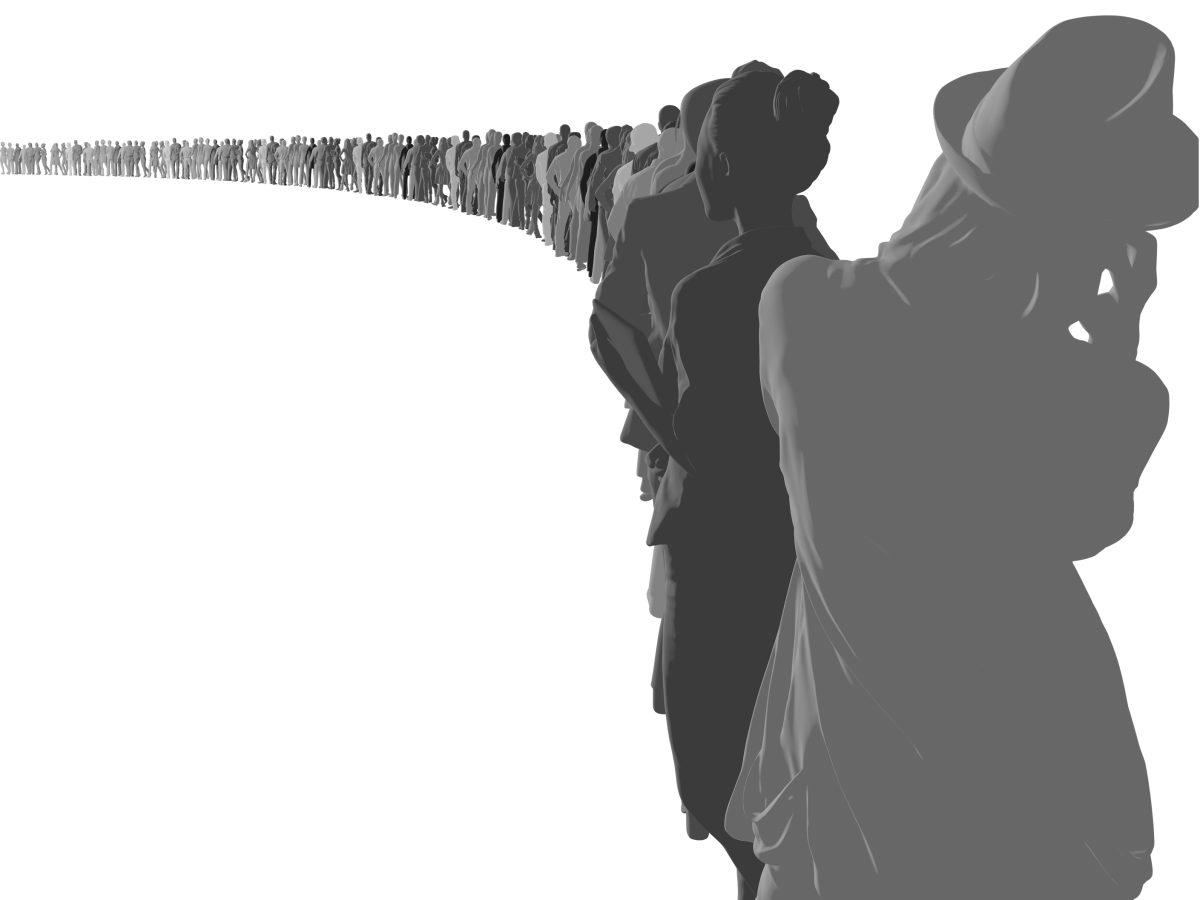
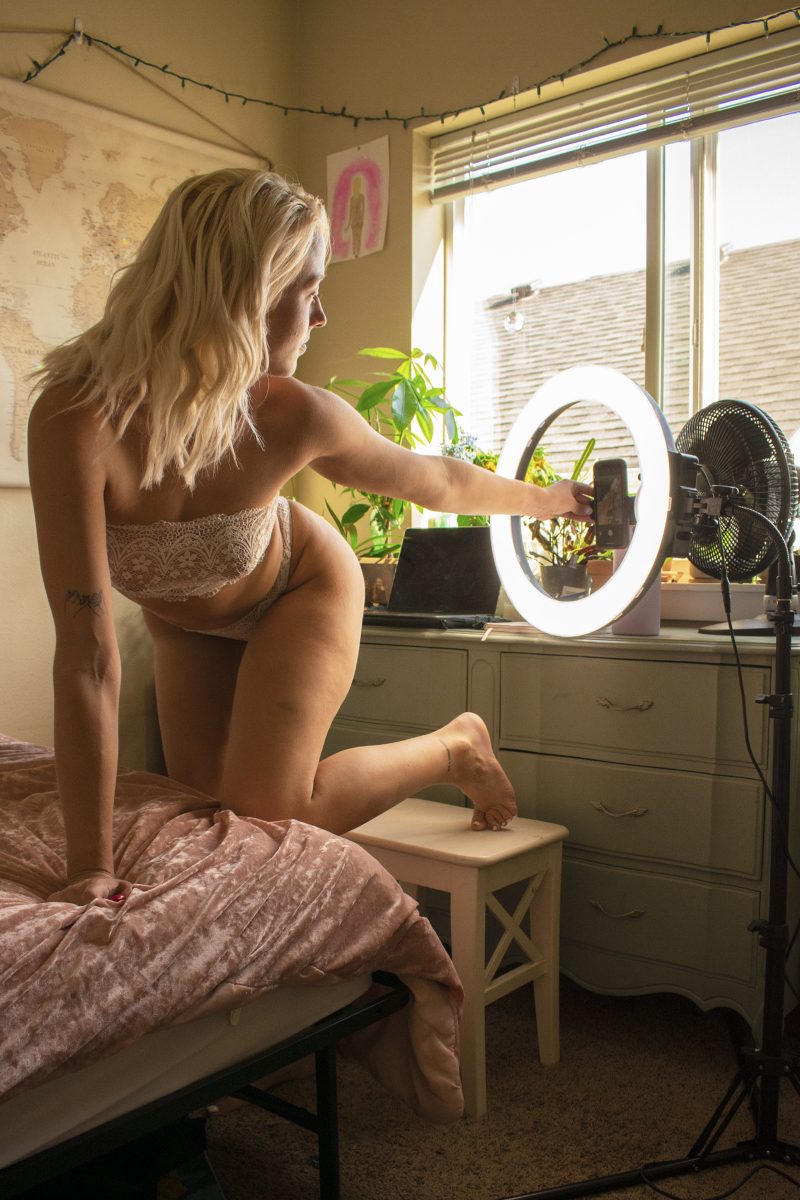
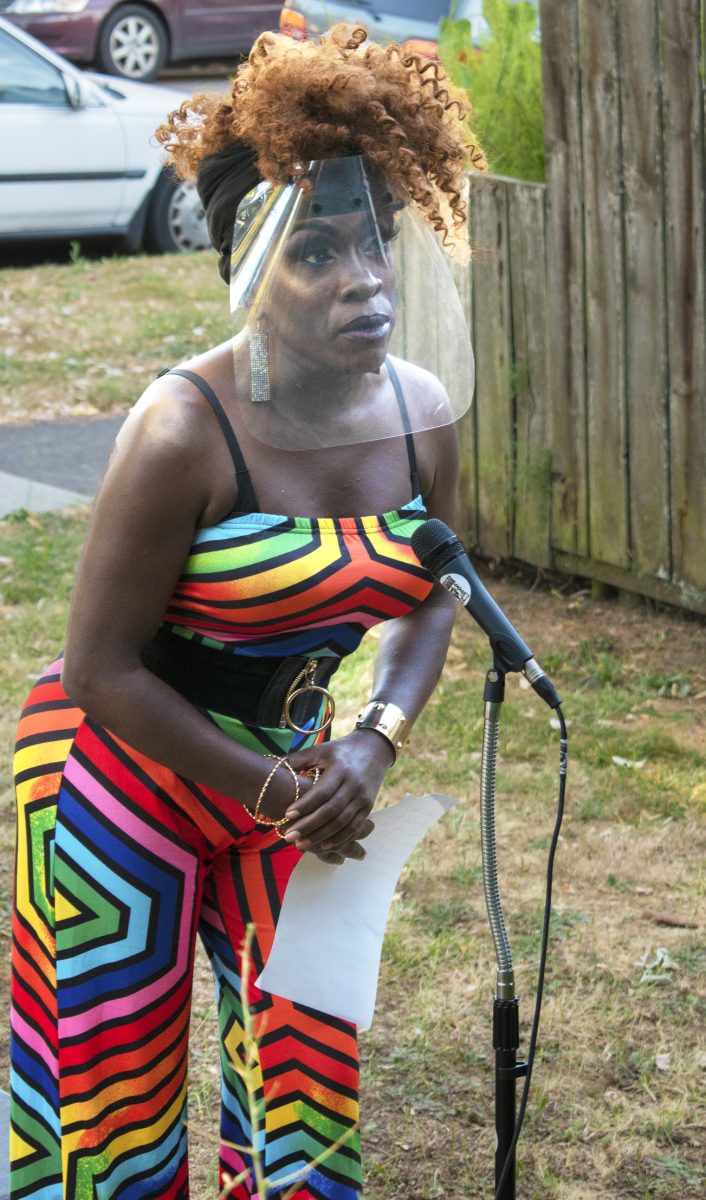

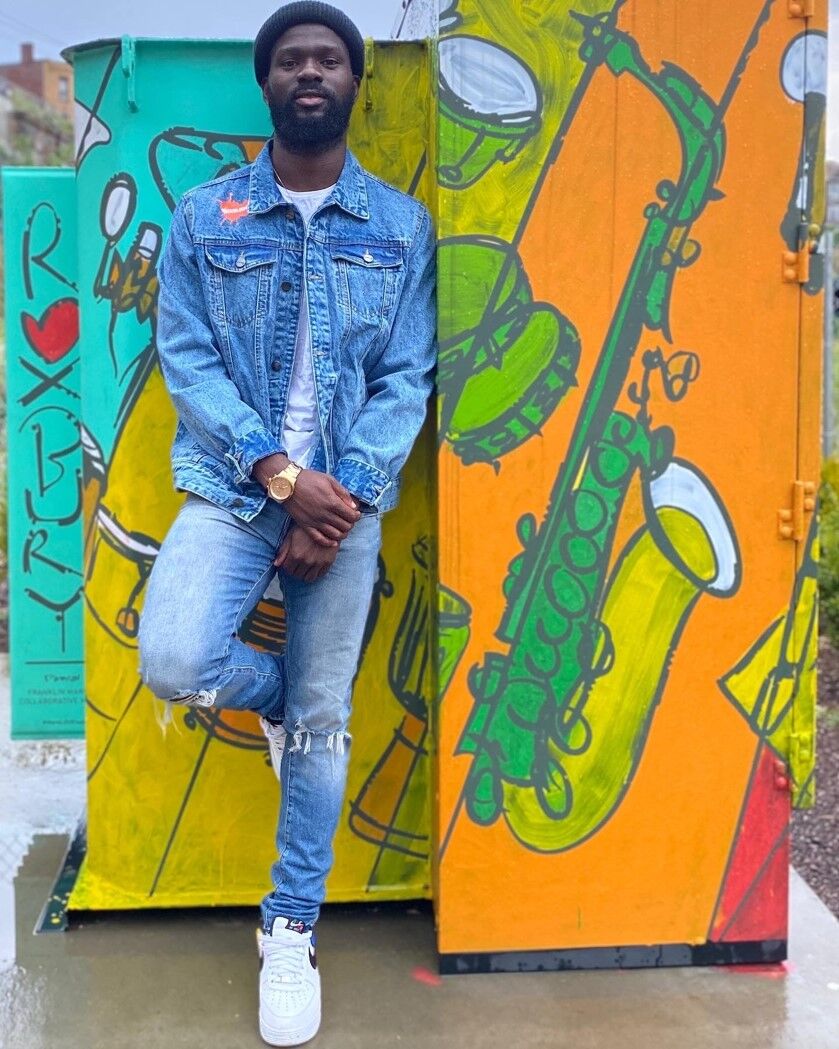
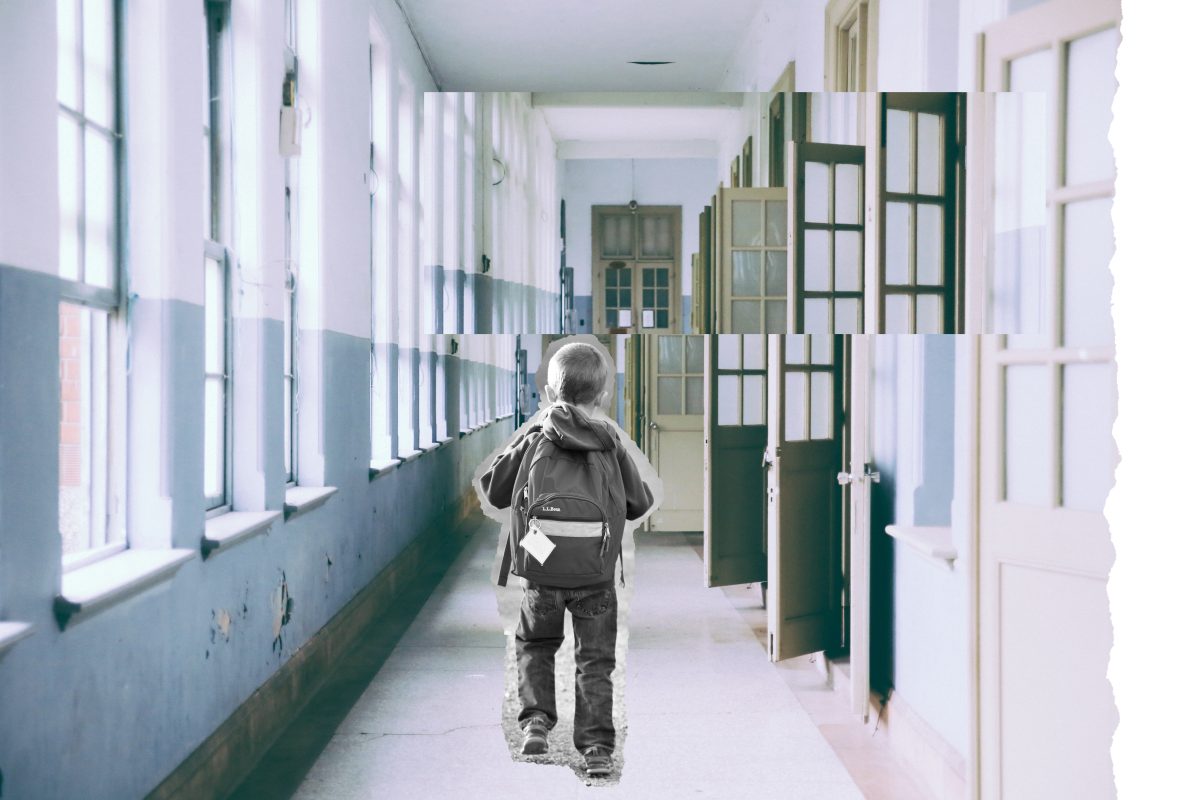
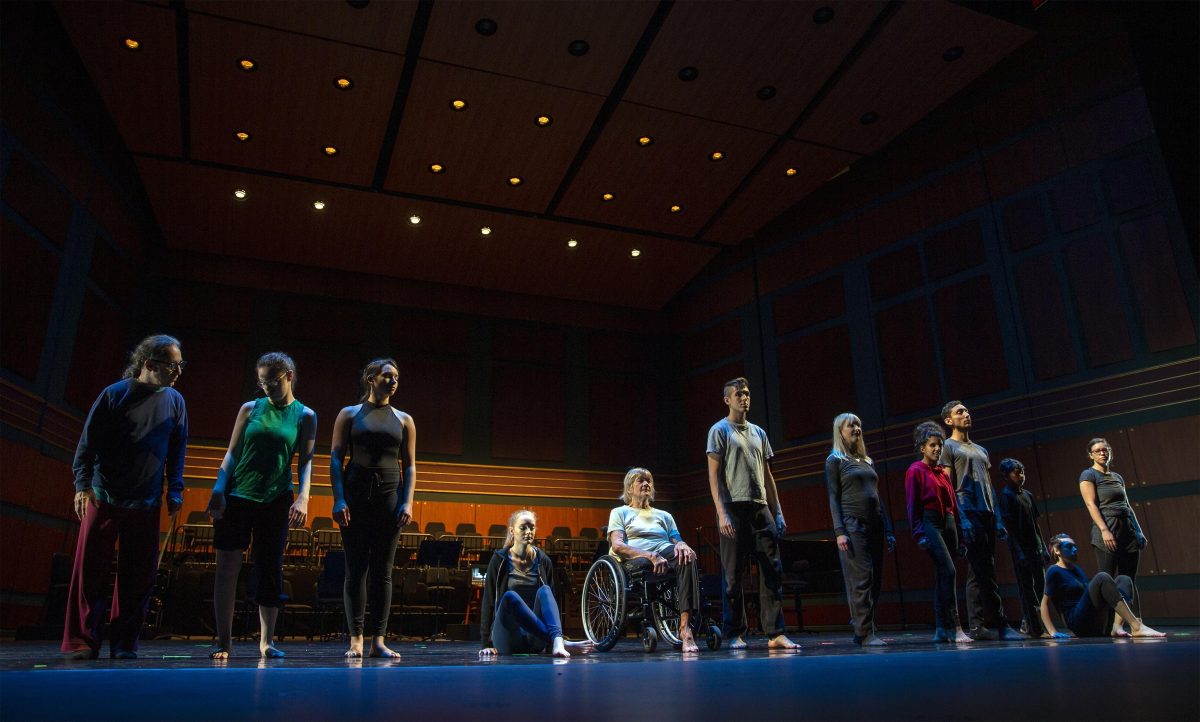


![[Photo Courtesy of the Lara Family]
Ruben embraces his beloved childhood goat, Katrina.](https://ethos.dailyemerald.com/wp-content/uploads/2025/05/katrina-1-1060x1200.jpg)


